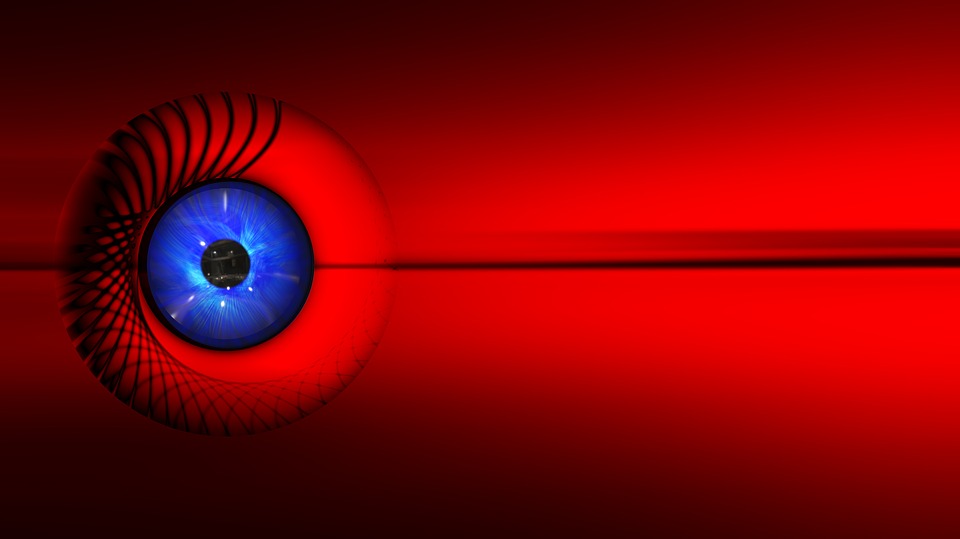Mise en abyme is one of the oldest artistic techniques built on the method of recursion; it means reproduction of the object within the object.
This technique is also called “a story within a story,” “a picture within a picture,” “a performance within a performance,” “a film within a film” and so on. We’re going to tell you how to use mise en abyme in the film video production.
The earliest examples of mise en abyme can be found in literature. For example, the technique was used in “Iliad,” “Decameron,” “Hamlet,” and “Don Quixote” when within one story another story was developed and there was another, directly or indirectly related to the previous ones. The technique was developed even deeper by Nabokov, Cortázar, Marquez, and Borges.
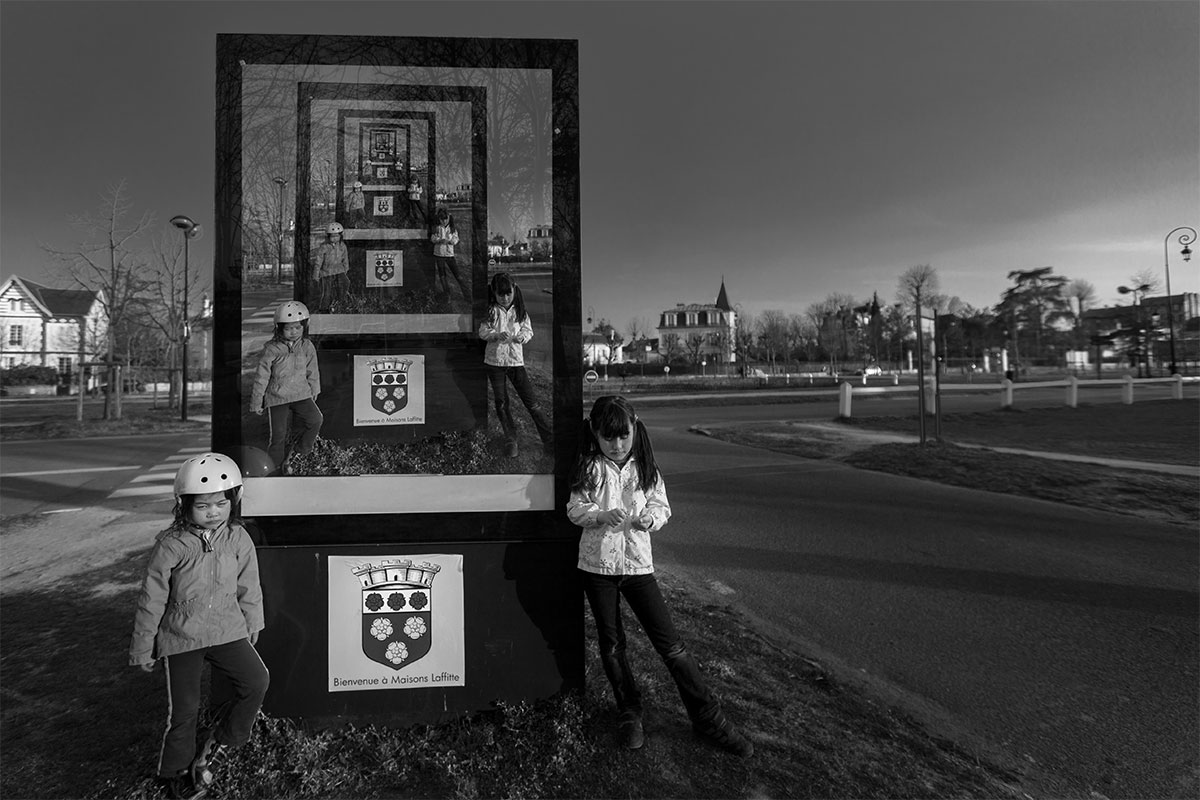
If you talk about painting, mise en abyme was used by Giotto, Jan van Eyck, Velázquez, Magritte, Dali, and Escher, putting one image on another. The technique is also used in theaters, music and, of course, in film video production. In movies, mise en abyme can be found in a variety of forms due to the synthetic nature, but mostly it’s used in ingenious ways to create drama.
Types of Mise en Abyme in Film Video Production
- Mirror reflection.
The most simple and yet visually effective way to create mise en abyme in film video production is the use of mirrors. Playing with mirrors fascinated Jean Cocteau, Orson Welles and Ryan Werner Fassbinder, who each used complex compositions of mirror reflections as a metaphor for the illusory nature of the world, or the diversity of human nature and the mystery of the soul.
- A screen within a screen.
A cinema or TV screen is an essential attribute of modern life and often becomes an important element of a film space. This can also be considered a case of using mise en abyme. A digital video production company can use “a screen within a screen” displaying either specially created fictional film, broadcast, commercials, or some famous work. One of the first people who suggested such an interpretation was Orson Welles in Citizen Kane. At the beginning of the movie, there’s an insert of the mockumentary film magazine “News on the March” which serves as the part of the exhibition.
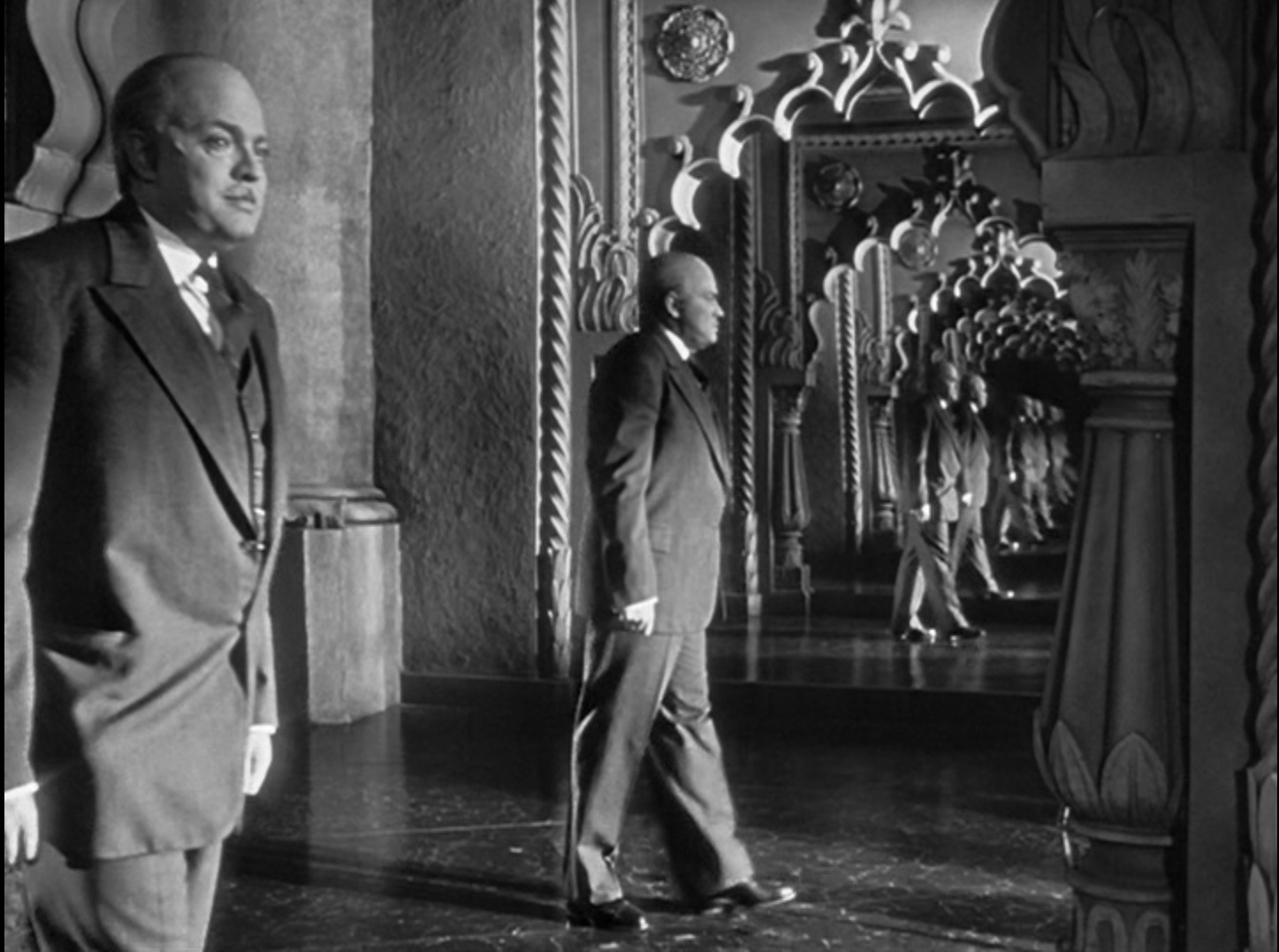
Often characters, moving near the screen, interact with it. For example, the main character of The Purple Rose of Cairo by Woody Allen is so in love with the actor of the film that one day he really comes to her from the screen.
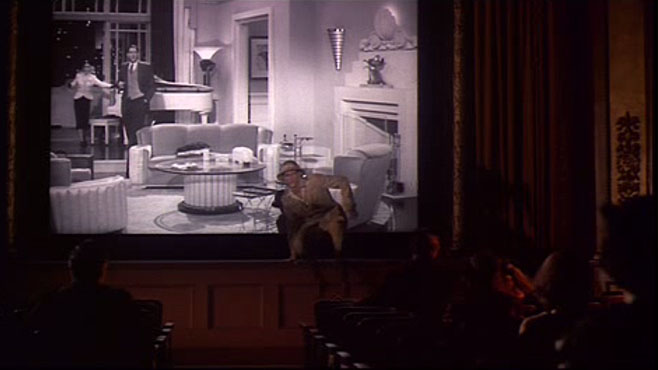
An example with a TV can be found in the recent The Babadook. The heroine periodically watches classic horrors and surreal cartoons, which as her insanity progresses, are becoming more frightening.

You can also recall Inland Empire by David Lynch where anthropomorphic rabbits shown on TV are given the whole episode. Thus Lynch expresses a Borges’ scary thought in the movie “If the fictional characters can be readers or viewers, we are fictional readers or viewers to them too.”

But perhaps the classic example of this type of mise en abyme is Videodrome by David Cronenberg. The film is dedicated to the theme of the devastating impact of video on the psyche. Hero’s contacts with screen reality become so close that the TV literally sucks him in during one of the scenes.
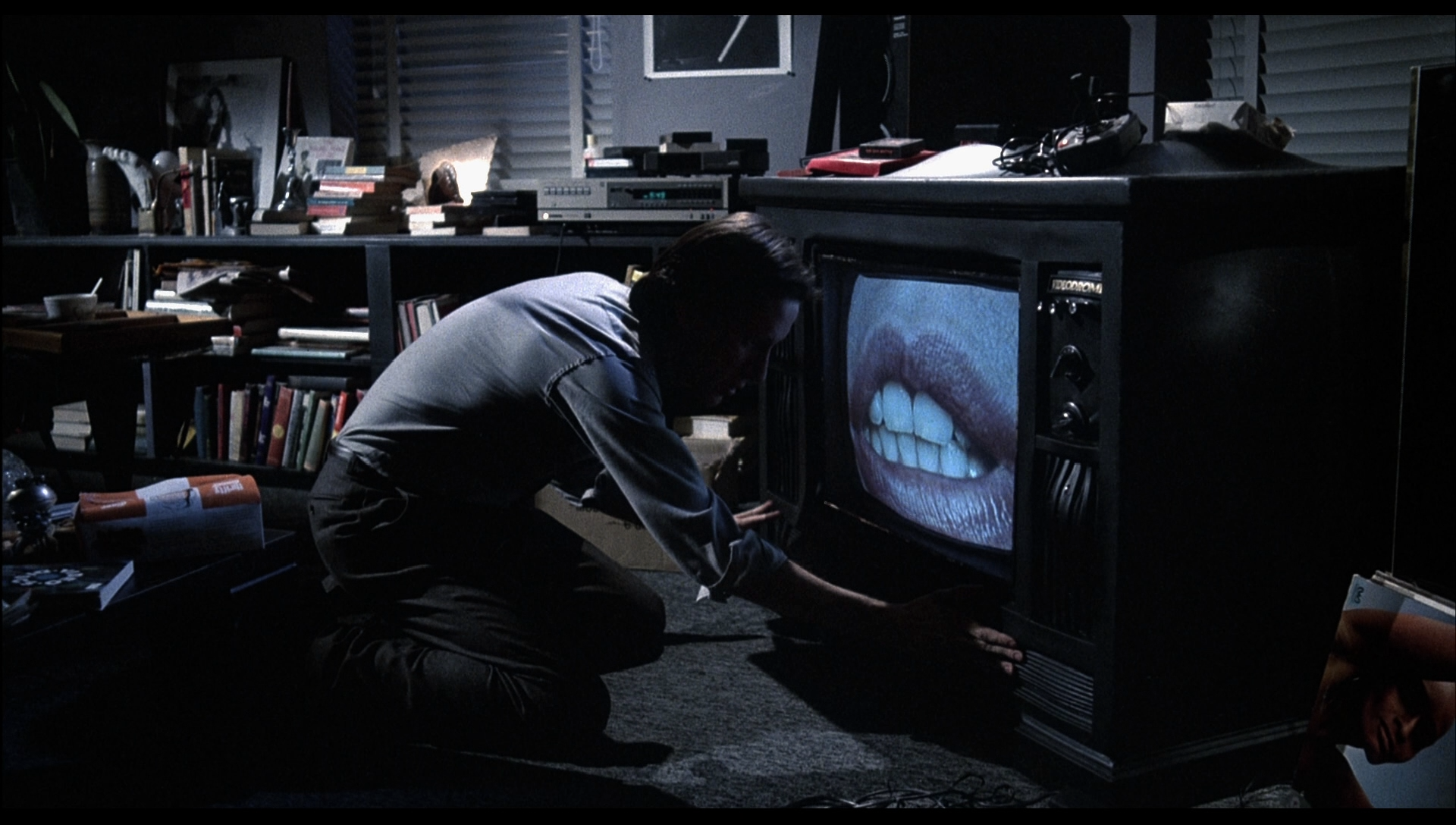
- A different reality.
Mise en Abyme as a way of breaking into a different reality is always becoming in demand for any digital video production company in the revolutionary years. For the first time, a different reality inside another reality was used in The Cabinet of Dr. Caligari, in the final part of the film it is revealed that the whole story was a mad narrator’s nonsense.
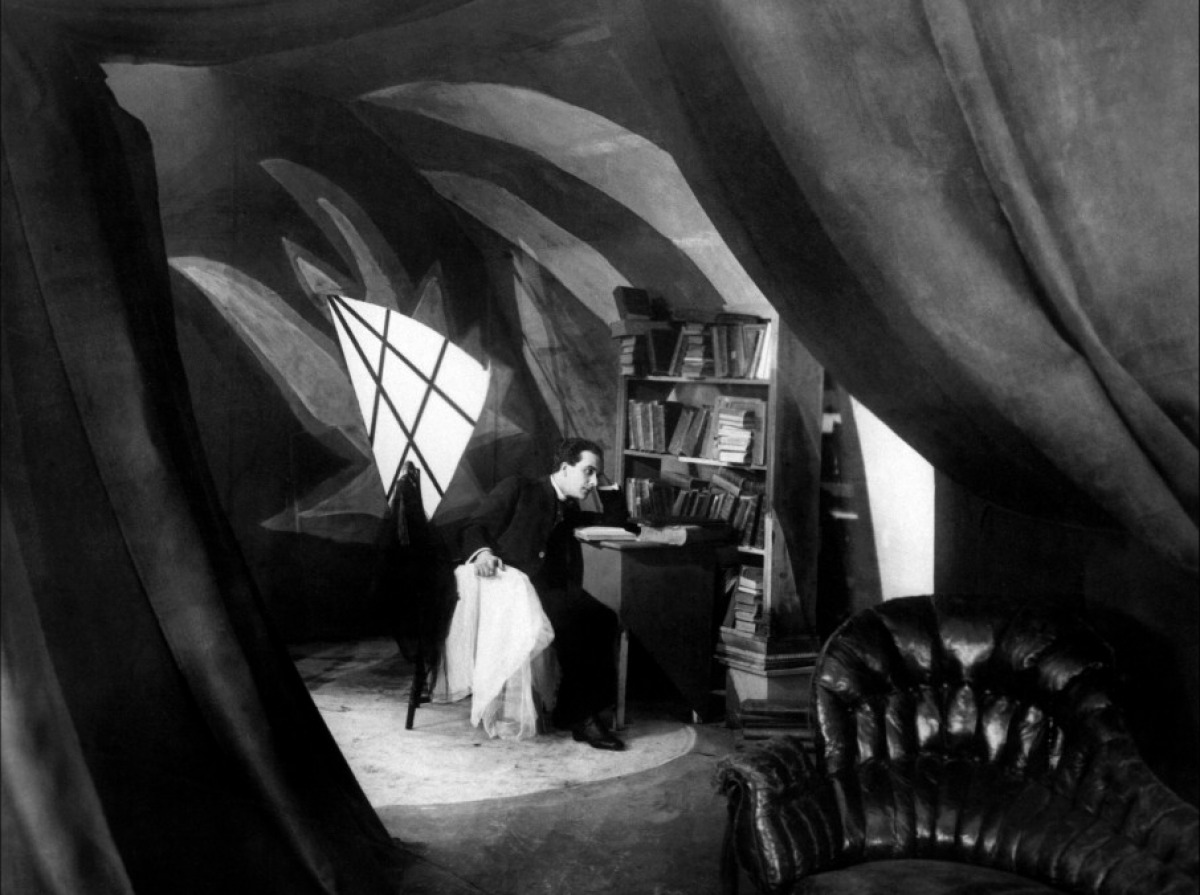
Top 6 Movies With Mise en Abyme Technique
- Citizen Kane, 1941 (Directed by Orson Welles)
- The Purple Rose of Cairo, 1985 (Directed by Woody Allen)
- The Babadook, 2014 (Directed by Jennifer Kent)
- Inland Empire, 2006 (Directed by David Lynch)
- Videodrome, 1982 (directed by David Cronenberg)
- The Cabinet of Dr. Caligari, 1920 (Directed by Robert Wiene)
Those who don’t know how to use different techniques in their videos can get help from MyMovieLab. Our digital video production company has a team of professional video editors who edit films using professional techniques and apps. Moreover, our prices are affordable for everyone.
